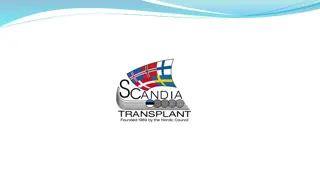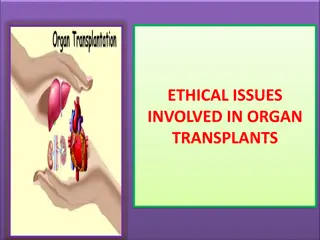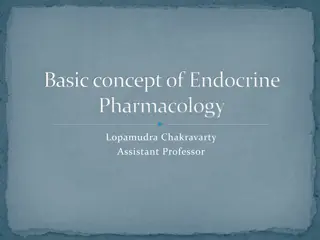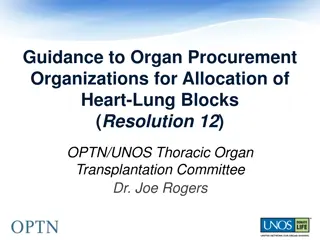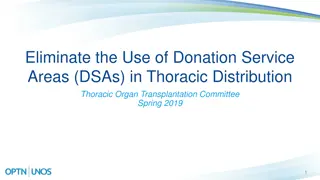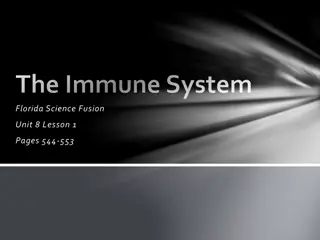
Understanding Bodily Defenses: Organ Systems Post-Test
Explore the main functions of the integumentary system, immune system, and more in this post-test. Test your knowledge on how these systems protect the body from diseases and maintain overall health.
Download Presentation

Please find below an Image/Link to download the presentation.
The content on the website is provided AS IS for your information and personal use only. It may not be sold, licensed, or shared on other websites without obtaining consent from the author. If you encounter any issues during the download, it is possible that the publisher has removed the file from their server.
You are allowed to download the files provided on this website for personal or commercial use, subject to the condition that they are used lawfully. All files are the property of their respective owners.
The content on the website is provided AS IS for your information and personal use only. It may not be sold, licensed, or shared on other websites without obtaining consent from the author.
E N D
Presentation Transcript
Life Science Organ Systems Bodily Defenses Post-Test
1. What is the main function of the integumentary system? A. To transport oxygen and other nutrients throughout the body B. To filter blood and remove toxins and waste products to be excreted as urine C. To facilitate communication between body systems via electrical impulses D. To create a mechanical barrier to protect the body from chemicals, disease, UV radiation, and physical damage
2. The following diagram illustrates a human body system. What is the main function of this system? A. To create a mechanical barrier to protect the body from chemicals, disease, UV radiation, and physical damage B. To carry and filter lymph and bring antigens in contact with white blood cells C. To break down food and absorb nutrients D. To filter blood and remove toxins and waste products to be excreted as urine
3. Which of the following describes the organization of the integumentary system going from simplest structure to most complex? A. A single skin cell layers of dead, living, and regenerating skin cells skin cells over a layer of connective tissue with nerve fibers hair follicles, glands, and blood vessels B. Layers of dead, living, and regenerating skin cells skin cells over a layer of connective tissue with nerve fibers hair follicles, glands, and blood vessel a single skin cell C. Skin cells over a layer of connective tissue with nerve fibers hair follicles, glands, and blood vessel layers of dead, living, and regenerating skin cells a single skin cell D. A single skin cell skin cells over a layer of connective tissue with nerve fibers hair follicles, glands, and blood vessels layers of dead, living, and regenerating skin cells
4. After receiving a vaccine for a certain disease, the immune system is able to protect the body from that disease in the future. Why is this? A. The antigen is no longer able to pass through the skin B. The vaccine contains antibodies from another source that stay in the body permanently to protect against that disease C. Each cell in the body now has defensive proteins on its membrane D. The immune system forms antibodies specific to that antigen that are able to eliminate the antigen quickly before illness sets in during the next exposure
5. What are the two main organ systems that work together to protect the body from disease? A. Lymphatic and integumentary B. Lymphatic and excretory C. Integumentary and nervous D. Nervous and respiratory



